The Canon RF-S 18-150mm IS STM lens is one of two newly announced lenses that will serve as the “kit” lenses for Canon’s first APS-C cameras that utilize the RF mount. The 18-150mm is the more premium of the two, while the 18-45mm IS STM is the more compact. I tested the 18-150mm as a bundle with the new Canon EOS R7 sports-oriented camera, where it adds $400 to the price of the “body only” kit, but the lens will also be sold individually at a price point of $500 USD. Lenses using this mount but designed for APS-C will carry the RF-S designation.
The 18-150mm is not really an entirely new lens but is rather a redesign of a similar lens that has been available for Canon’s EF-M mount for about six years. I gave the EF-M lens a positive review in early 2017 as I was pleasantly surprised by its sharpness over the 8.3x zoom ratio. This being essentially the same lens, both the strengths and weaknesses of that lens persist, but there’s no question that being able to go from this framing at 18mm:
To this framing at 150mm:
…is always going to be useful.
Very often lenses with a broad zoom range like (this is a 29-240mm full frame equivalent focal range) do come with some compromises. I tested the RF-S 18-150mm on the new Canon EOS R7, which can be had $1499 USD for the camera alone or $1899 with the very useful 18-150mm IS lens (giving a $100 savings on the lens when buying in kit). My review of that camera is here. Should you consider purchasing the RF-S 18-150mm in kit (or separately in the future?) You can either watch my video review or read on to get more information to help inform your decision.
Follow Me @ YouTube | Patreon | Instagram | Facebook | DA Merchandise | Flickr | 500px
Thanks to Camera Canada for getting me a loaner of the EOS R7. If you’re in Canada, check them out for a reliable online retailer.
Canon RF-S 18-150mm Build and Features
The 18-150mm is a variable aperture zoom, starting at F3.5 at the widest and F6.3 at the smallest maximum aperture. It unfortunately hits the smaller end of the range very quickly, with F6.3 arriving by only 62mm.
- 18-18mm = f/3.5
- 18-27mm = f/4.0
- 28-34mm = f/4.5
- 35-44mm = f/5.0
- 45-61mm = f/5.6
- 62-150mm = f/6.3
This means that you will be shooting at higher ISO settings in poorer light, but this was the engineering sacrifice to keep the lens small and light…which it is. The 18-150mm is 69mm in diameter (2.7”) and is a modest 84.5mm in length (3.3”). It weighs in at a lightweight 310g (10.9oz). A large zoom ring moves smoothly and the inner barrel extends considerably when zoomed to 150mm.
There are no switches on the lens barrel, which does complicate the use of the second ring located at the front the lens. It is to serve as both the manual focus and control ring, but to switch between the functions you will have to rely on either the new front-mounted AF/MF lever on the EOS R7 and R10 or dive into the menus on older cameras. In theory the ring will function as a control ring when the lever is in the AF mode on the camera and as a manual focus ring when the lever is in the MF position. It’s a bit of a pain, frankly, and I would prefer having a switch on the lens.
The focus ring (when used as such) is quite small, but it moves smoothly. There isn’t much damping/weight to it, so manual focus has a fairly lifeless feel. You can control whether the ring operates in a linear or speed-oriented fashion from the camera body.
The physical shape is a little less elegant than the EF-M version due to needing to have a much wider flange at the base of the lens to accommodate the larger RF mount. The rest of the lens is much narrower – only a millimeter or two wider than the 55mm front filter threads.
The lens follows a trend seen on the EF-M lens with a plastic rather than metal mount. It’s a surprising touch for 2022, as I almost never see plastic lens mounts anymore. There is no weather sealing, and as is the unfortunate norm for Canon’s non-L lenses, no lens hood is included.
A strength for the lens is its ability to focus very closely (as close at 17cm or 6.7”) which results in a very high 0.44x magnification level at the 18mm wide end. The minimum focus distance at 150mm is 45cm, or 1.48ft.
At 18mm you will be almost on top of your subject at the minimum focus distance, making it hard to not shade it, but you can achieve a very high degree of magnification with nice detail, though with a bit of perspective distortion of being wide and close.
The plane of focus is flatter at 150mm, but the magnification (and sharpness) isn’t as high (I estimate 0.25x range). A good compromise between the two is shown in the third image here, taken at 50mm, where a very high level of magnification is possible while image quality remains better.
At 50mm you can still focus nearly as closely as at 18mm, but the longer focal length means that magnification is even higher (above 0.50x), and there is less perspective distortion.
That’s a fairly good impression of macro work (this is a tripod quick release plate), and this extends the versatility of the lens by allowing for close-up shots where the background will be nicely blurred away.
The RF-S 18-150mm does include Canon’s Image Stabilization in lens, which is rated for 4.5 stops of assistance. When paired with a camera with IBIS, or In Body Image Stabilization, that figure jumps to 6.5 stops of assistance. I found the stabilization to be effective though not magical – getting stable shots at 1/15th of a second at 150mm was possible but not consistent, and that is about 4 stops of assistance.
I did not have success going beyond that threshold, so for me, at least, the promise of 6.5 stops (roughly 0.3 seconds) proved unattainable. I was more impressed when shooting video, where I found the R7 and 18-150mm to be a nicely stable platform for hand-held video capture.
Video footage in general looked excellent with that combination and I feel like this is a definite strength for the lens.
Autofocus Performance
The RF-S 18-150mm utilizes a Lead Screw-type stepping motor, or STM. Autofocus speed in good light was excellent, and I had no problem acquiring focus and tracking action during a softball game.
That small maximum aperture will play havoc with focus speeds in low light, however, so expect focus to be much slower in dim lighting conditions.
I found that Eye AF detection for humans and animals was excellent, with the lens locking on and maintaining proper focus.
Focus pulls for video were smooth, nicely damped, but with good speed and confidence. The on-board mic picked up no sound even in a silent environment. There was some minimal focus breathing, but nothing extreme (I did the test at roughly 50mm).
My general purpose focus accuracy was good in general, and, other than the slow low-light focusing, I felt positive about my focus experience with the RF-S 18-150mm on the EOS R7 camera I tested it on.
Canon RF-S 18-150mm Optical Performance
As noted, the RF-S 18-150mm has a very large 8.3x zoom range housed in a very compact body, which creates a large number of engineering challenges. I praised the EF-M version of the lens as I felt like Canon did a fairly good job of overcoming many of those challenges, and, at its best, the 18-150mm is capable of producing lovely, detailed images.
My son actually has a large canvas hanging on his bedroom wall of a scene from Arizona that I shot with the EF-M version of the lens, which shows that the lens is capable of producing wall-worthy images.
As a first-party lens the 18-150mm will enjoy excellent profile support both in-camera (JPEGs and Video) and in editing software. The profile does a clean job of correcting both distortion and vignette, though I always show a manual correction because it is more representative of the optical qualities of the lens itself…not just the software assisting it.
At 18mm there is some noticeable barrel distortion and vignette, though neither is extreme.
I utilized a manual correction of +8 for the distortion and was pleased to see that it was mostly linear and thus corrected fairly well (there’s only a very minor mustache pattern to the distortion). Vignette was corrected with a +60 (around 2.5 stops).
At 70mm the distortion pattern has inverted to a pincushion style distortion while vignette has decreased.
I used a -5 to correction the distortion and a +26 to correct the vignette, which is essentially a non-issue in the middle of the zoom range.
At 150mm the distortion was a slightly reduced but the vignette had increased again.
I corrected the distortion with a -4 and plugged in a +53 to correct the vignette, or just a little less than what we saw at 18mm.
None of these values are particularly extreme for such a large zoom ratio (check out the RF 24-240mm for some extreme distortion and vignette!!), so I give Canon solid marks for the engineering on the RF-S 18-150mm.
One optical flaw I did note while conducting these tests was some persistent Lateral Chromatic aberrations. Lateral chromatic aberrations (LaCA) show up as fringing on either side of contrast areas (like tree trunks, for example) along the edges of the frame. Unlike LoCA, they do not improve when stopping the aperture down, but are much easier to correct for (typically a one click “remove chromatic aberrations” box in editing software). You can see both green and purple fringing on the sides of the lens in my test chart:
I saw slightly less issues with LoCA. Longitudinal chromatic aberrations (LoCA) typically show up as purple/magenta fringing before the plane of focus and blue/green fringing beyond the plane of focus due to colors not being perfectly focused together. They typically diminish as the lens is stopped down to smaller apertures. You can see a bit of fringing in engraved numbers on the side of this lens, but they aren’t extreme.
Here’s a look at my test chart that I use for resolution tests. I used the 32.5MP APS-C sensor on the Canon EOS R7 for this test, which is currently the highest resolution available.
I look at test results at a 200% magnification, and even under these extremes the results at 18mm, F3.5, are quite impressive. Good detail and contrast in the center and mid-frame while the corners are still quite strong.
Stopping down to F5.6 and F8 makes little difference in the center of the frame, but the midframe and corners do improve a bit, though the corners never achieve excellent levels.
This real-world result at 18mm, F5.6 looks quite good.
At 24mm the center results are slightly poorer, but the corners are better. The same applies at 35mm, though everything is just a little softer by comparison. At 50mm the results look largely the same as 35mm. Everything is still quite good, but with 18mm achieving the highest levels of performance.
Starting at 70mm, however, there is a decline in sharpness. Textures just aren’t as crisp, and my mid-frame results at 70mm and 100mm show that decline (I’ve got a new bill from the Philippines on my test chart thanks to my daughter visiting there this summer!)
If we go back and compare that 100mm result to the wide-open 24mm result we can see a pretty significant difference in rendering power.
The general softening of image quality persists at 150mm, and even stopping down to F8 doesn’t really improve things much.
This sparked my interest, as I felt like real world results weren’t quite this bad (and I remember feeling more positive about the image quality from the EF-M version). These real world shots looks good, but the you can tell the results are relatively low contrast when you look at the crops.
So what’s changed if the optical design is the same?
The answer is “resolution”. I tested the EF-M version on a 24MP EOS M5, while the EOS R7 is 32.5MP. That’s a 35% increase in resolution, and higher resolution sensors expose a lens’ optical shortcomings.
I continue to find the focal range useful, and in most ways I still like the images from the lens, but it’s also true that this isn’t really a lens for pixel peepers out past 60mm.
Bokeh quality is rarely top notch in this type of superzoom, and that’s largely the case here. You can blur out backgrounds fairly well up close due to the close minimum focus distance, but the quality of the blur is only okay. This image shows the blur without the background being completely blown out, and the quality is decent but not exceptional.
At closer distances you can blur the background out more completely, and that always looks good.
Flare resistance is a bit of a mixed bag. At larger apertures the lenses did okay, and this shot into the morning sun looks fine.
Likewise this riverside shot looks beautiful.
But in intense situations you can get quite a bit of flare artifacts, particularly when the lens is stopped down.
The RF-S 18-150mm is capable of producing very nice images, but it excels more at versatility than it does at does at any one particular thing. I think what has left a positive impression in my mind in general is the simple fact that the portability and versatility has enabled me to get a lot of great images with the combination…even if it isn’t optically amazing.
Conclusion
Canon’s opening lineup of RF-S lenses is much more underwhelming than their first APS-C RF cameras, as both the 18-45mm IS STM and this lens, the RF-S 18-150mm F3.5-6.3 IS STM are “ported” EF-M lenses that have been around for a while and have simply been repackaged here around the RF-S mount. Canon is going to have to be diligent in demonstrating that they are serious about lens development for this new APS-C venture if they really want people to buy in. That being said, I’ve long recommended the 18-150mm lens on the EF-M mount because of its versatility, compact size, and reasonable image quality. It never felt like it was much behind the zoom lenses with a much smaller zoom range optically, while offering up the potential for capturing so many more different types of images. When I was choosing a camera for my daughter before she did some traveling, I chose the Canon EOS M5 along with the 18-150mm, and she’s been happy with that combination.
There’s no question that the RF-S version didn’t exactly ace my modern testing standards, particularly on the higher resolution sensor of the Canon EOS R7. This is a lens that is more valuable for its versatility than it’s optical performance in any particular area. At the same time, however, it does deliver great looking images that hold up well on any level but the pixel level. And, to be fair, because of the way that modern images are shared there will rarely be opportunities for those images to be seen on a pixel level. And don’t forget that high magnification that adds even more versatility.
While I would like to have seen Canon’s new APS-C mirrorless lineup launch with some genuinely new and unique lenses, I am glad that the RF-S 18-150mm is part of the opening lineup. It’s a genuinely useful lens that remains a far more intriguing “kit lens” to me because of great zoom range, compact size, and good enough performance in basically all areas.
Pros:
- Extremely useful 8.3x zoom range
- Compact size and weight
- Zoom ring moves smoothly
- Autofocus is quick and quiet (in decent light)
- IS is effective and makes for very nice video performance
- Tracking action was effective
- Vignette and distortion not bad for such a large zoom range
- Good sharpness at 60mm and under
- Very high magnification – shines around 50mm
Cons:
- No included lens hood
- Image quality softens over 60mm
- Arrives at smaller maximum apertures very quickly
- Focus speed in low light suffers
- Optically struggles with the higher resolution of the EOS R7
Gear Used:
Purchase a Canon RF-S 18-150mm @ B&H Photo | Amazon | Camera Canada | Amazon Canada | Amazon UK | Amazon Germany | Ebay
Purchase a Canon EOS R7 @ B&H Photo | Amazon | Camera Canada | Amazon Canada | Amazon UK | Amazon Germany | Ebay
Purchase a Canon EOS R5 @ B&H Photo | Amazon | Camera Canada | Amazon Canada | Amazon UK | Amazon Germany | Ebay
Purchase a Canon EOS R6 @ B&H Photo | Amazon | Camera Canada | Amazon Canada | Amazon UK | Amazon Germany | Ebay
Want to support this channel? Use these affiliate links to shop at: B&H Photo | Amazon | | Camera Canada | Ebay | Make a donation via Paypal
Buy DA Merchandise https://bit.ly/TWIMerch
Peak Design Leash Strap: Peak Design Store | B&H Photo | Amazon | Amazon Canada | Amazon UK
Adobe Photoshop Creative Cloud 1-Year Subscription
Get a discount off all Skylum Editing Software (Luminar, Aurora HDR, AirMagic) by using code DUSTINHDR at checkout:
Visit Dustin’s Amazon Storefront and see his favorite gear
Purchasing your gear through B&H and these links helps fund this website and keeps the articles coming. You can also make a donation here if you would like. Visit my Amazon page for some of my gear of choice! Thank you for your support.
Purchasing your gear through B&H and these links helps fund this website and keeps the articles coming. You can also make a donation here if you would like. Visit my Amazon page for some of my gear of choice! Thank you for your support.
Receive a 5% discount on all purchases at Amplis Foto, Canada’s Leading Photographic Supplier. Please enter discount code: AMPLIS52018DA in your cart. It is good for everything in your cart, and is stackable with other coupons, too! It will take 5% off your entire order! Proceeds go towards keeping this site going and providing you with new reviews!
Use Code “DUSTINHDR” to get $10 off ($15 CDN) any Skylum product: Luminar, Aurora, or AirMagic
Keywords: Canon RF-S 18-150mm, 18-150, 18-150mm, F3.5-6.3, IS, STM, Canon RF0S 18-150 Review, Canon 18-150mm Review, RF-S, Canon EOS R7, EOS, R7, R10, EOS R7, Canon EOS R7, EOS R7 Review, RF-S, mirrorless, APS-C, EOS R7 Review, Canon R7 Review, Canon EOS R7 Review, Canon EOS R10, EOS R10 Review, RF-S 18-150mm, Dustin Abbott, Real World, Comparison, Handling, Focus, Portraits, Resolution, High ISO, Image Quality, Sample Images, Photography, 32Mpx, 32MP, Canon, letthelightin, DA

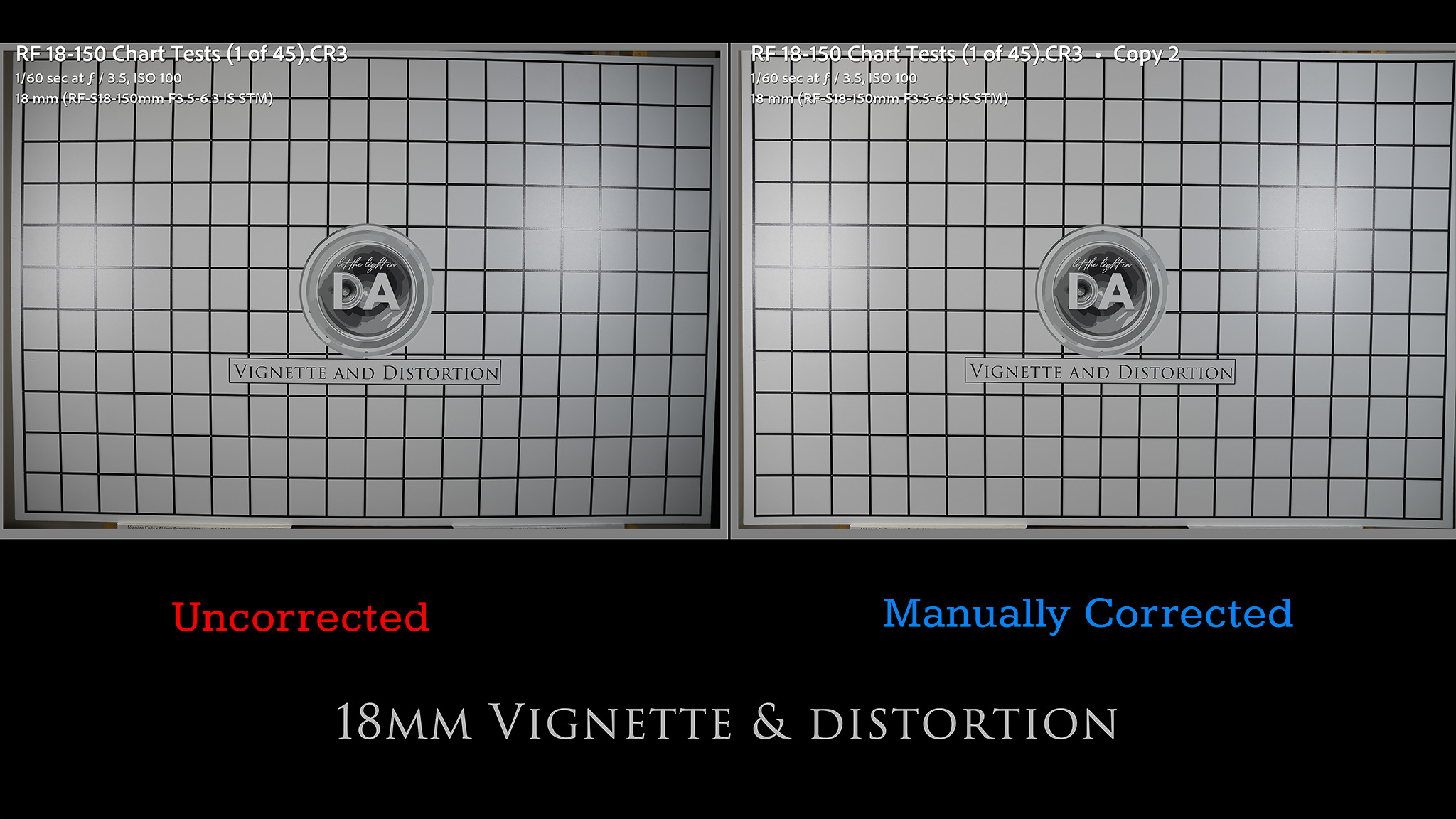
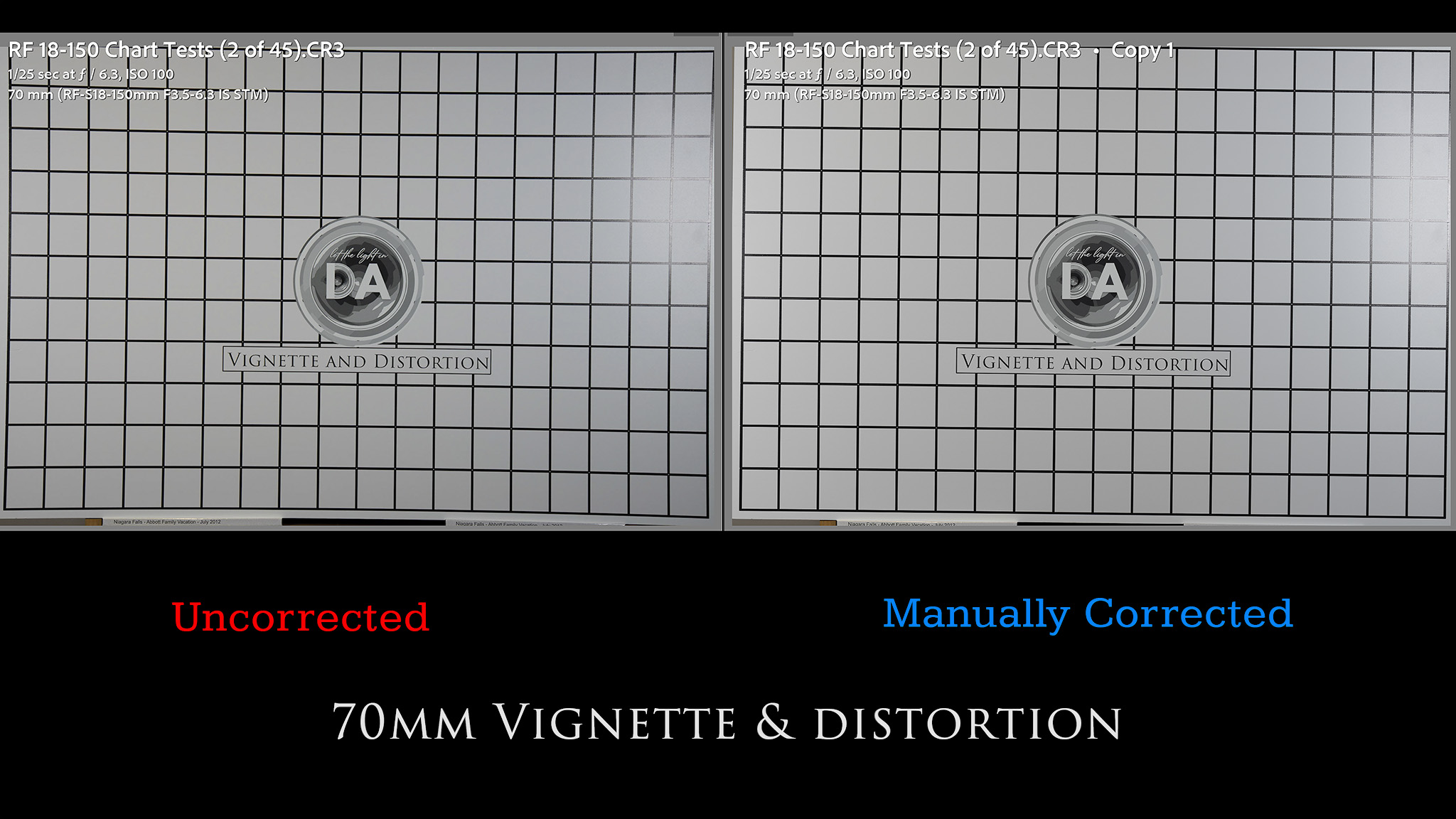
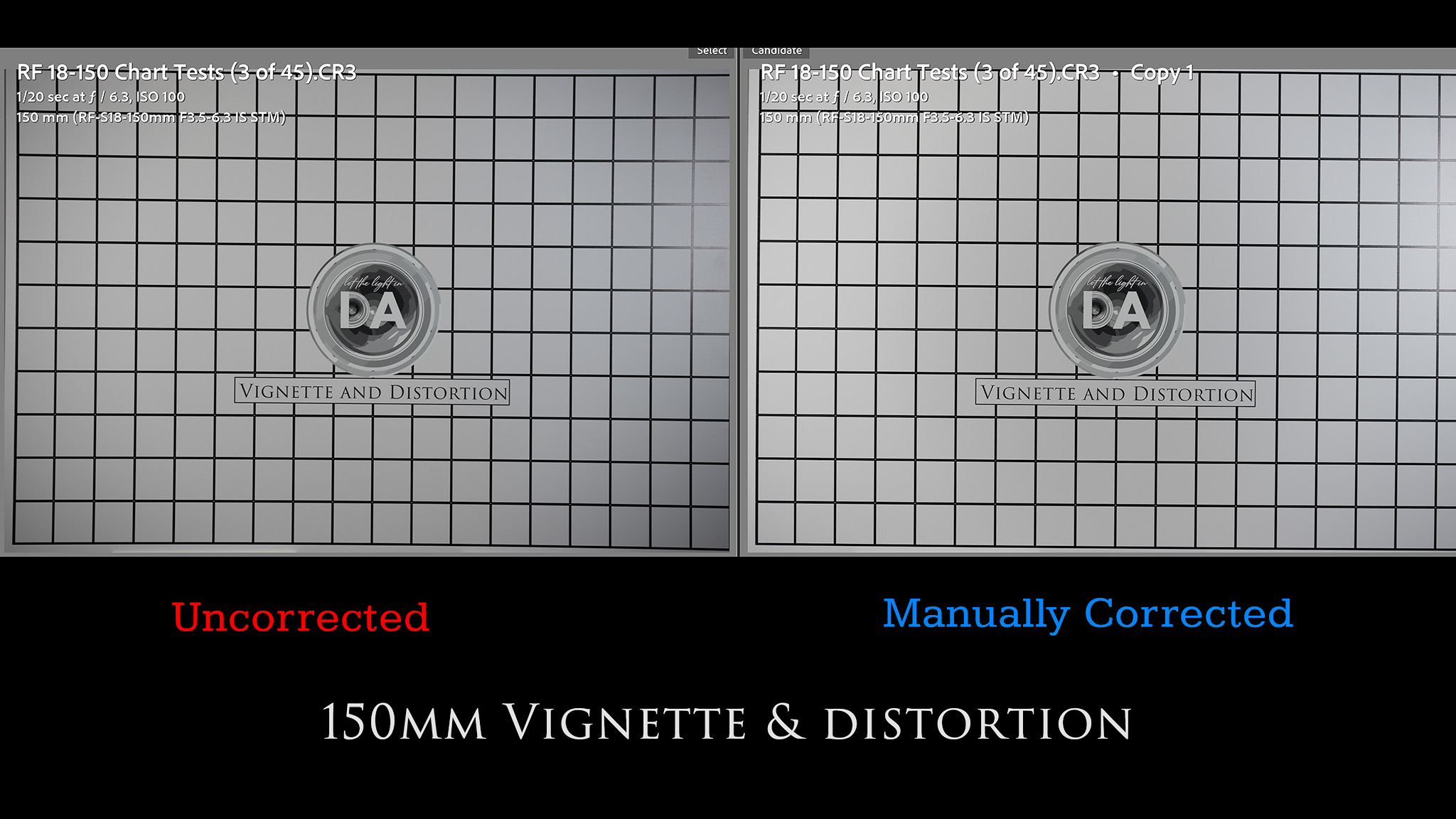
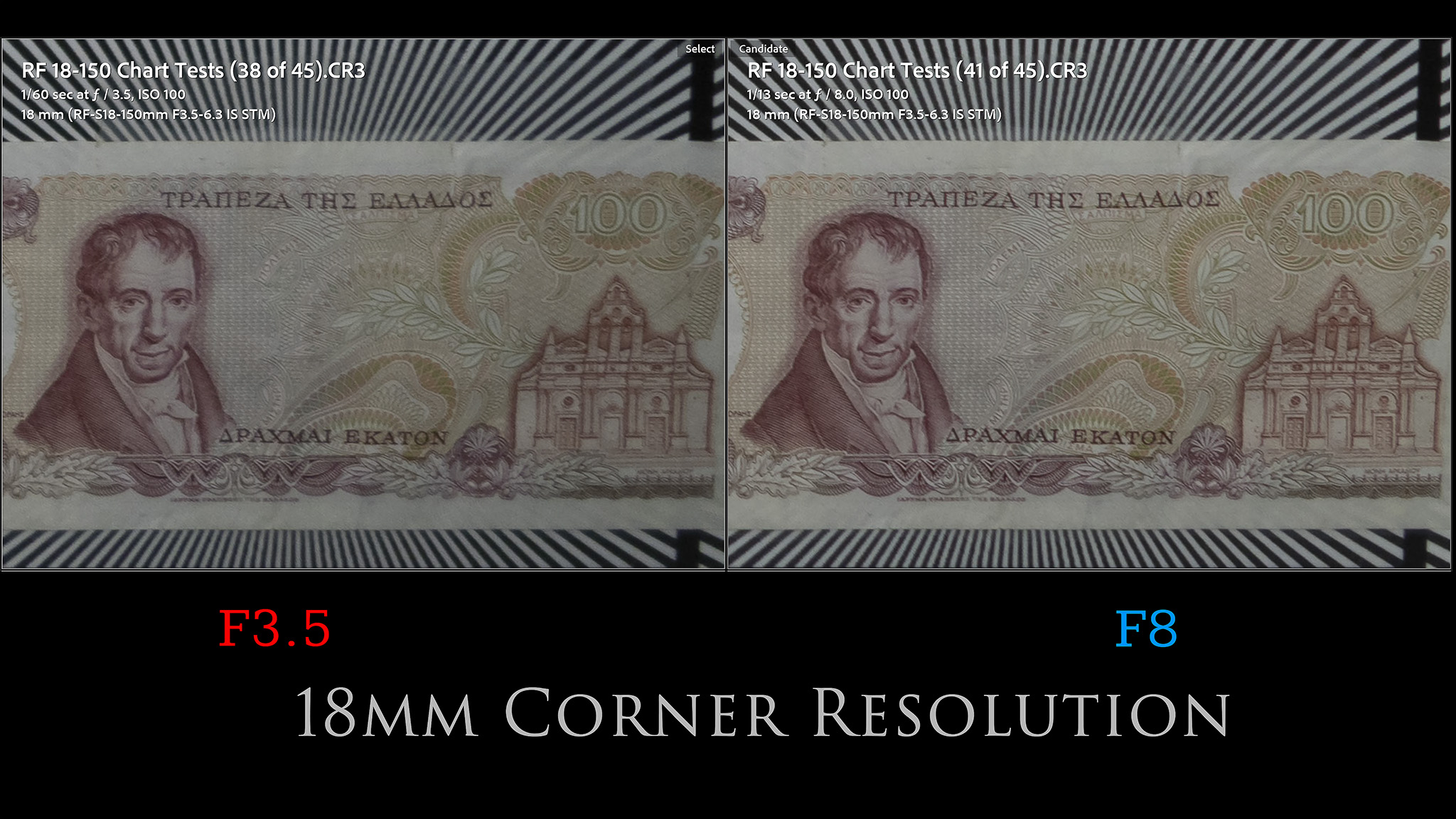
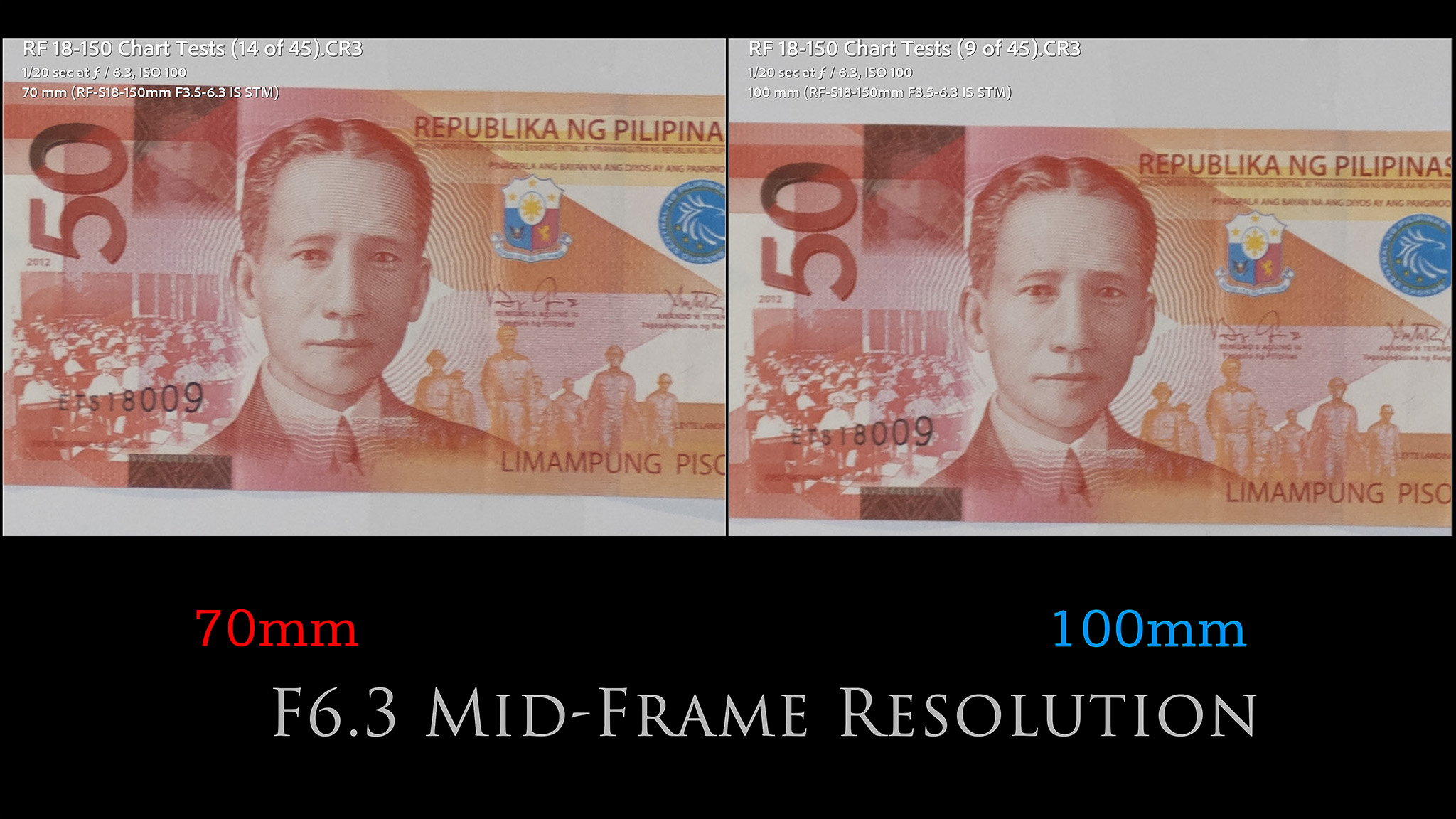
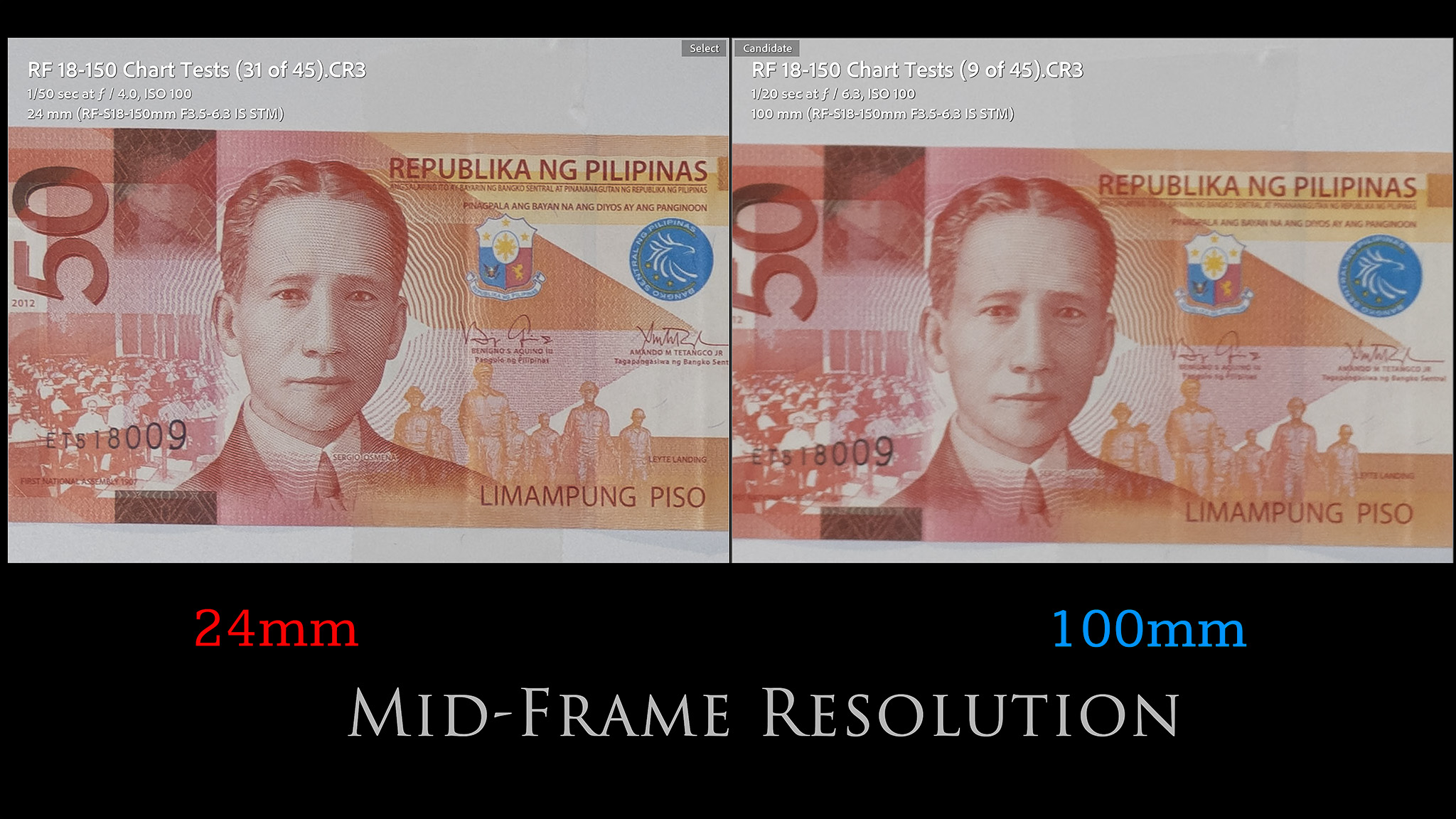
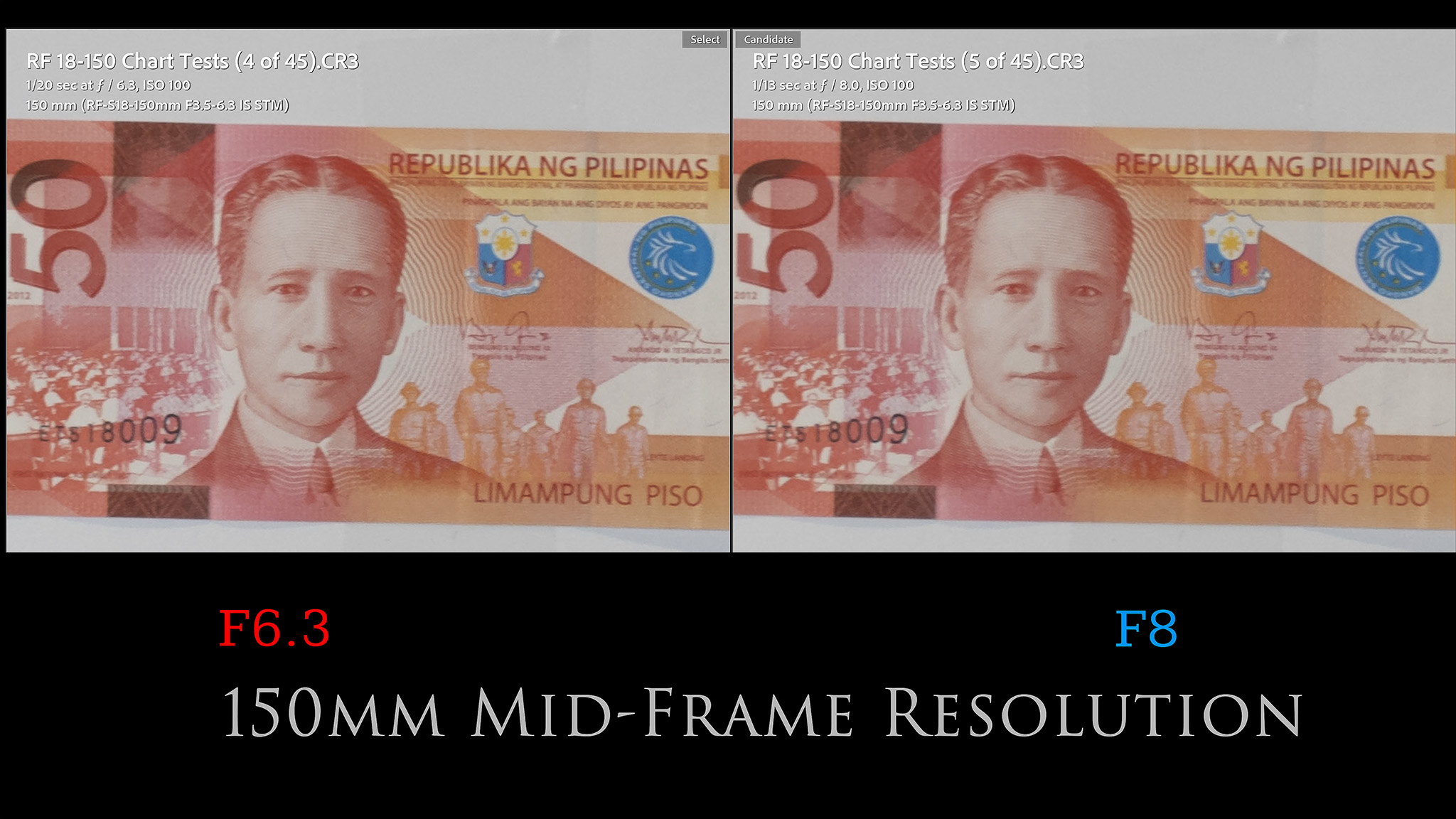














[…] end! Forgive me if I have a hard time getting excited over that lens selection. I reviewed the RF-S 18-150mm back in 2022, but found that I actually liked the EF-M version better. The only lens there I find even remotely […]